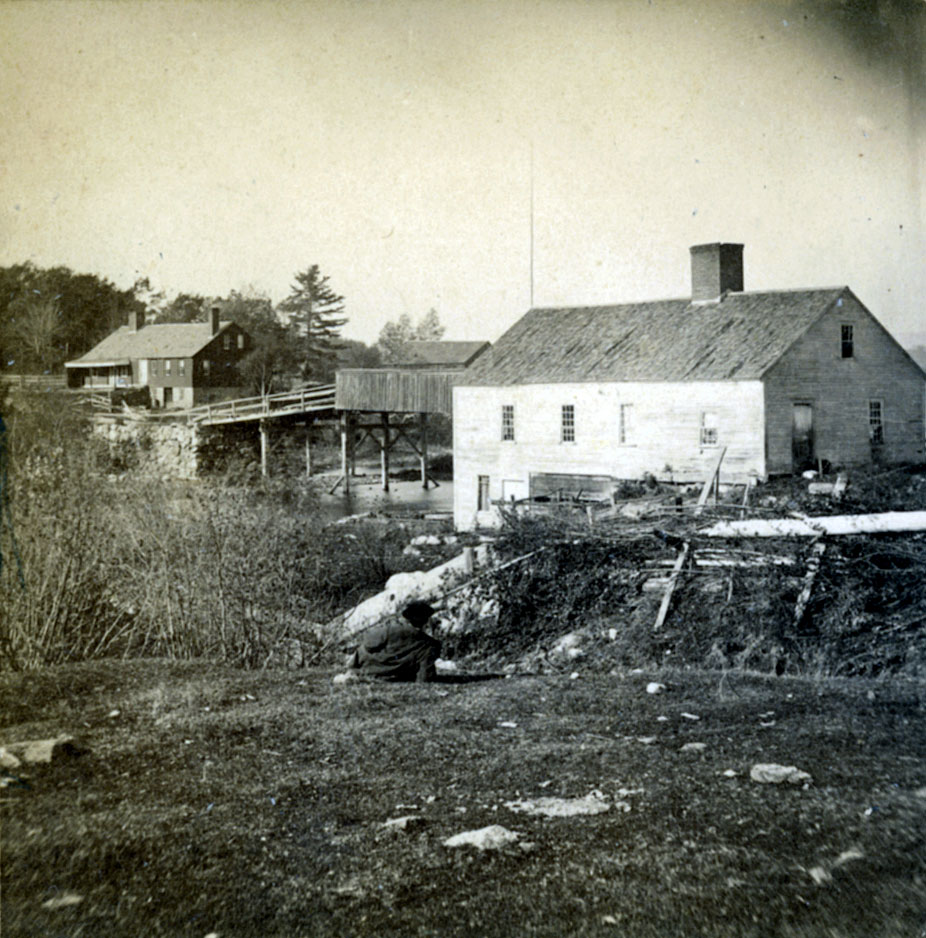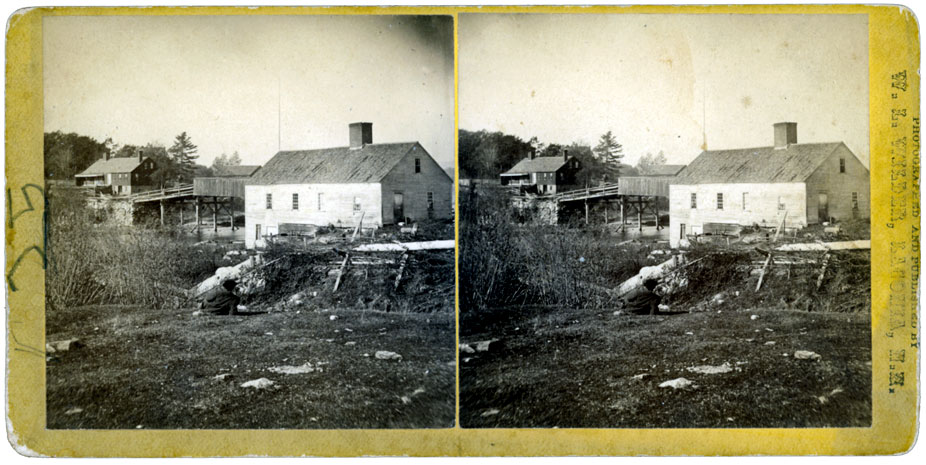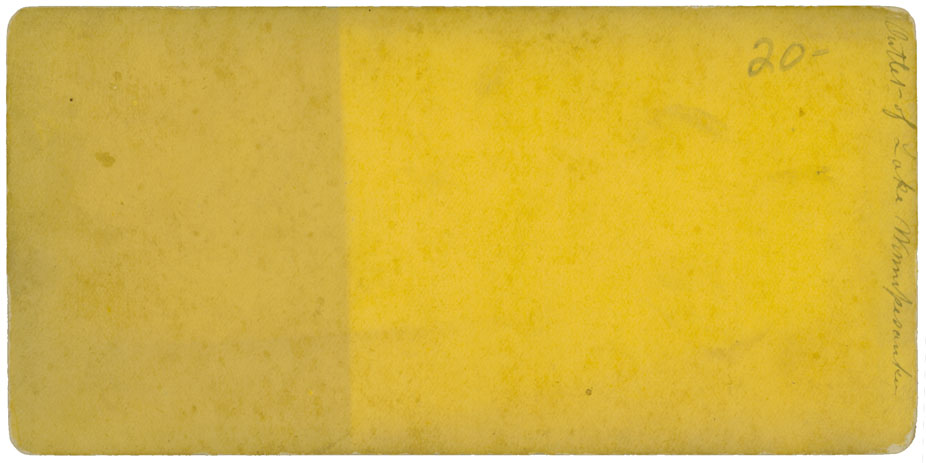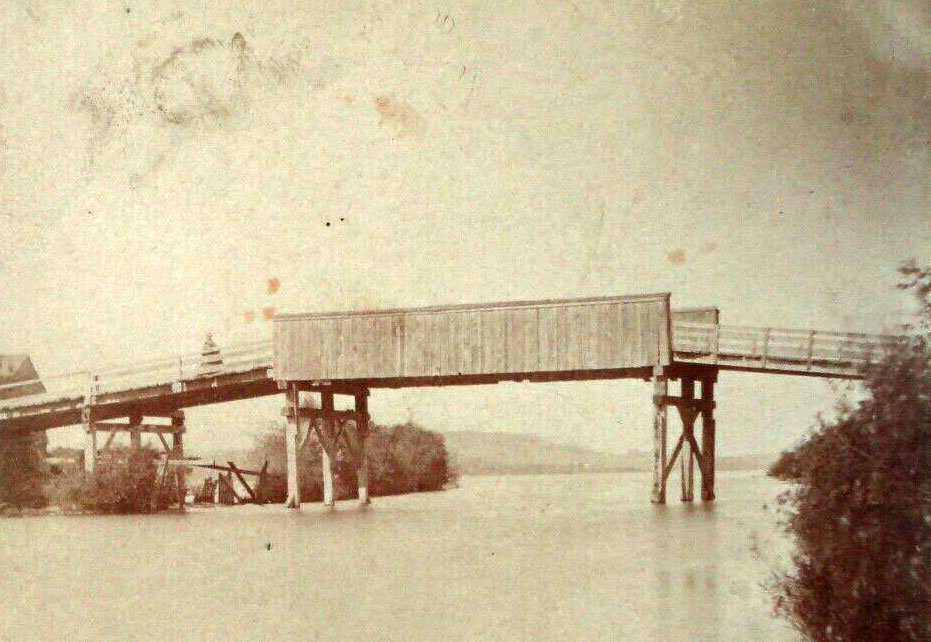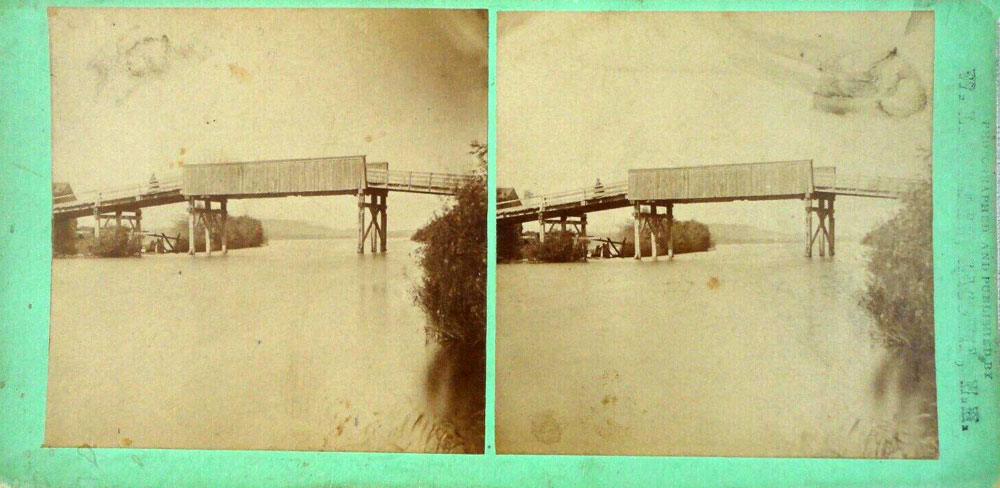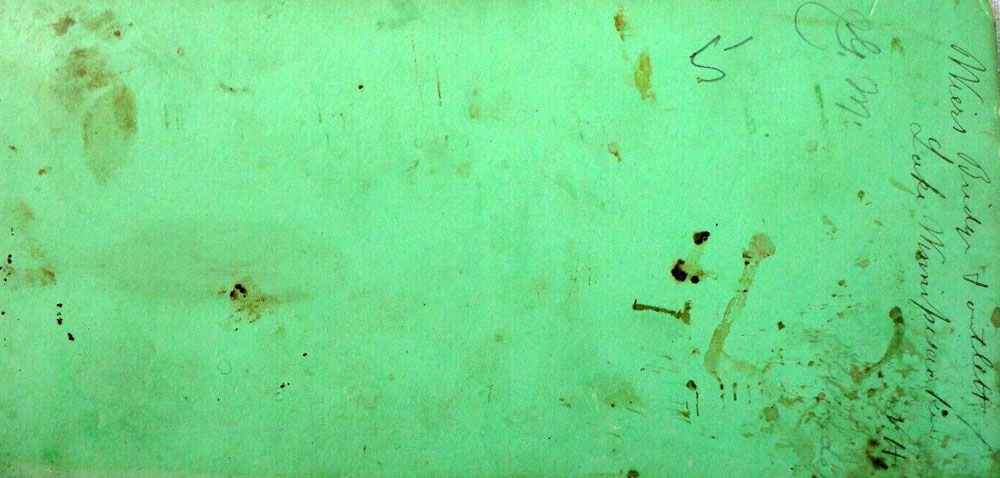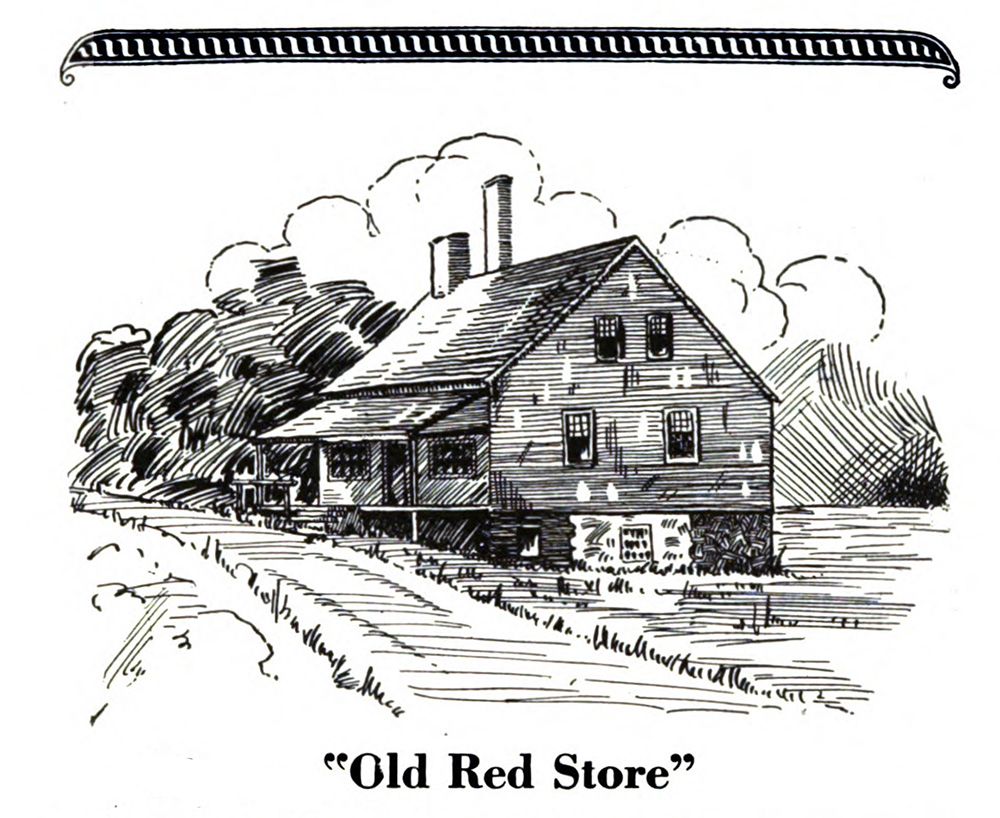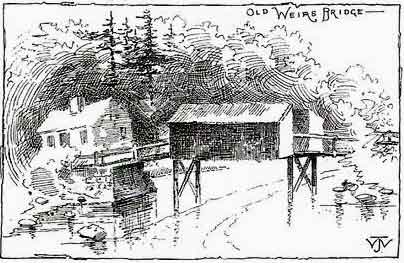Original Weirs Channel Bridge
Below is a stereoview photo of the last wooden bridge over the Weirs Channel. According to Edgar H. Wilcomb, in his 1923 booklet “Winnipesaukee Lake Gleanings – Rambles About the Weirs”, the first channel bridge had been built in 1780, when the town of Gilmanton, which extended to the Weirs at that point, decided to sell lots at the “Wares”, and to use the money raised to build “Gilmantown’s part of the bridge over the river”. The second bridge was built in 1804, at the cost of the life of a Captain Stephen Mead of the Weirs, who died from a fall from the bridge during its construction. The third was built in 1833, when it became neccesary for the Winnipisiogee Steamboat company, owners of the Belknap, the first steamer on Winnipesaukee, to “raise and make such alterations in the Bridge at the Wares, at the outlet of the lake, as will be found Necessciry in order for the safe passage of the Said Boat over the falls at said outlet at all times.”
The stereoview was photographed and published by W.L. Wilder, Laconia, N.H, and titled on the reverse side “Outlet of Lake Winnipesaukee”. The man in the photograph is reclining on the ground in the area of what is today’s Weirs Beach Convenience & Gifts store and looking North towards what is now Endicott Rock Park. The “Old Red House” (click and scroll down for an engraving) is the house to the left of the wooden bridge, on the West side of the Weirs Channel. The house in the foreground was probably an old mill building built in the early 1800s, when the channel was still dammed. The photo was probably taken in the late 1870’s, and certainly before 1883, when the bridge was replaced with a steel truss structure.
Regarding the Old Red House, here is an interesting excerpt from Warren Huse’s The Weirs, p 26: Torn down in 1902, the house was old long before the Weirs came into prominence as a summer resort in the late 1870’s, “when the place was little more than a cow pasture with a plank walk extending a few feet on the side of the lake and known to the traveling public as Weirs Steamboat Landing.” The Old Red House was an important trading post. “Over its counter has been sold in years gone by many dollars worth of West India goods, etc., to say nothing of many gallons of old New England rum.”
The wooden bridge in the above stereoview is NOT a covered one. What appears to be a roof over the bridge is, on closer examination, a roof on a building beyond the bridge. Below, an earlier stereoview by the same photographer, W.L. Wilder, shows the channel bridge had wooden sides, but was not covered on the top. Probably taken in the early 1870s, this is the earliest photo of the Weirs Channel bridge on this website.
According to bridge experts, this bridge was a boxed pony truss bridge. A “pony” truss bridge is a small, short truss bridge that is not joined together at the top with cross braces. And the “boxed” part means that the trusses on either side of the bridge were boxed in to protect them from the weather, thereby extending the life of the bridge.










